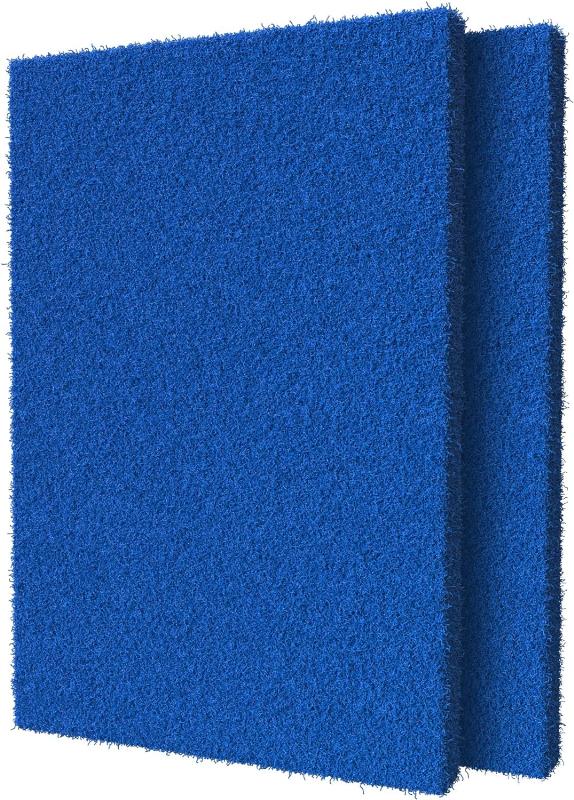

 1
1





Tradition is not the worship of ashes, but the preservation of fire.

 8
8




- Tim's Homestead Journal - Purchase a copy of Building a Better World in Your Backyard - Purchase 6 Decks of Permaculture Cards -
- Purchase 12x Decks of Permaculture Cards - Purchase a copy of the SKIP Book - Purchase 12x copies of Building a Better World in your Backyard






 3
3




Tradition is not the worship of ashes, but the preservation of fire.












 6
6





- Tim's Homestead Journal - Purchase a copy of Building a Better World in Your Backyard - Purchase 6 Decks of Permaculture Cards -
- Purchase 12x Decks of Permaculture Cards - Purchase a copy of the SKIP Book - Purchase 12x copies of Building a Better World in your Backyard






 2
2




Tradition is not the worship of ashes, but the preservation of fire.
 2
2




"When the whole world is running towards a cliff, he who is running in the opposite direction appears to have lost his mind." C.S. Lewis
Visit https://themaineingredient.com for organic, premium dried culinary herbs that are grown, processed, and packaged in the USA.












 2
2




Jeremy VanGelder wrote:It would be really cool to get a hold of some base paper that isn't nasty. I take it that the resin you are talking about is synthetic resin made from petroleum, not tree resin?
- Tim's Homestead Journal - Purchase a copy of Building a Better World in Your Backyard - Purchase 6 Decks of Permaculture Cards -
- Purchase 12x Decks of Permaculture Cards - Purchase a copy of the SKIP Book - Purchase 12x copies of Building a Better World in your Backyard






 2
2




Perhaps we can back your desire up a little. What is putting the smoke and contaminates in the air? Sometimes wildfires. I think you could make a more significant difference by getting your property and surrounding properties wildfire resistant.
Tradition is not the worship of ashes, but the preservation of fire.











Tradition is not the worship of ashes, but the preservation of fire.












 3
3




- Tim's Homestead Journal - Purchase a copy of Building a Better World in Your Backyard - Purchase 6 Decks of Permaculture Cards -
- Purchase 12x Decks of Permaculture Cards - Purchase a copy of the SKIP Book - Purchase 12x copies of Building a Better World in your Backyard






 1
1




Tradition is not the worship of ashes, but the preservation of fire.

|
After three months of being pooless the hair and skin on this tiny ad is glorious!
Play Your Way to a Sustainable Lifestyle: Uncover Permaculture Principles with Each Card
https://gardener-gift.com/
|







